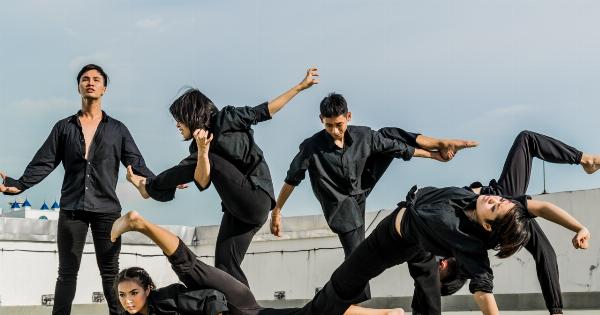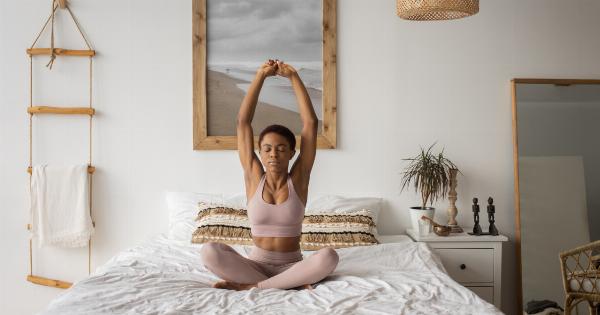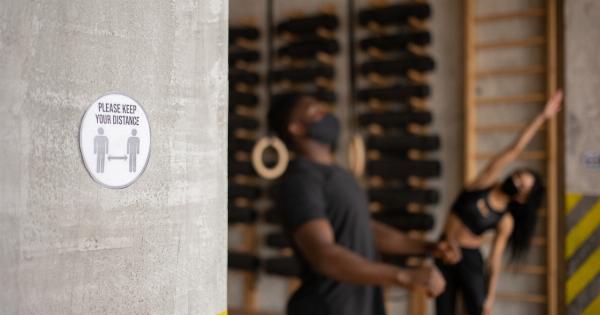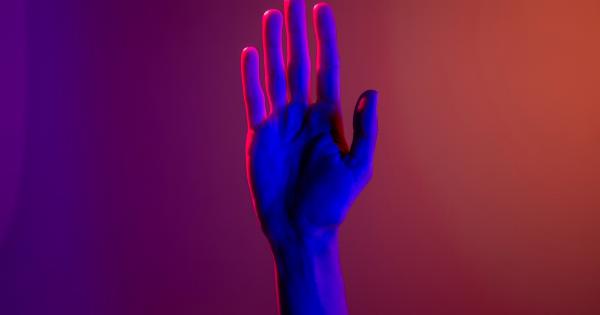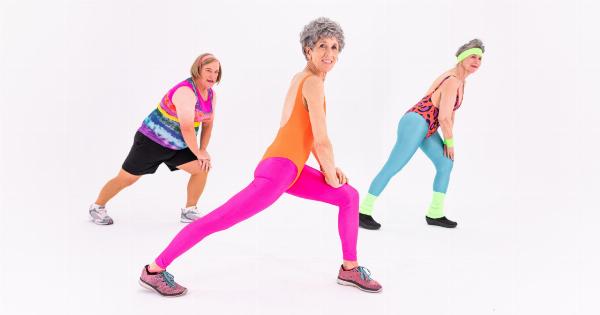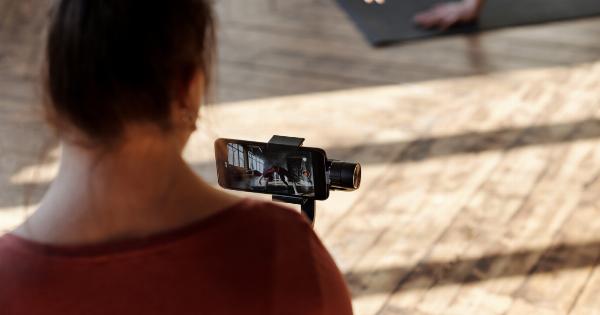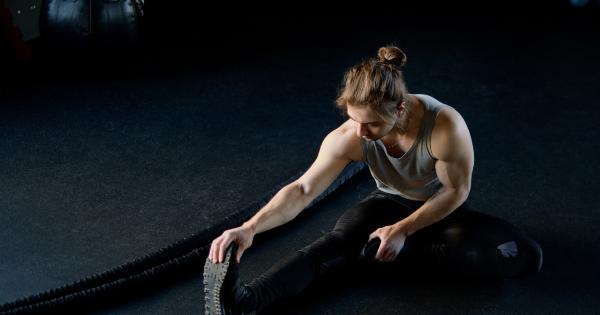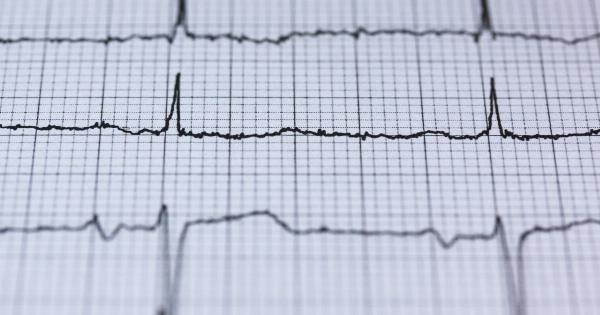Practicing yoga regularly has numerous benefits, including improved physical and mental health.
But did you know that yoga can also improve your sexual health? Certain yoga poses can help increase blood flow and circulation, improve flexibility and strength, reduce stress and anxiety, and enhance your overall sense of well-being, all of which can contribute to a healthier sex life. Here are 10 yoga poses that can help you improve your sexual health.
1. Bound Angle Pose (Baddha Konasana)
Bound Angle Pose, also known as Cobbler’s Pose, is an excellent pose for opening up the hips and strengthening the pelvic floor muscles. To perform this pose, sit on your mat with your knees bent and the soles of your feet touching each other.
Hold your feet or ankles with your hands and gently press your knees down towards the floor while keeping your spine straight. Take deep breaths and hold the pose for 30 seconds to 1 minute.
2. Cat-Cow Pose (Marjaryasana-Bitilasana)
Cat-Cow Pose is a gentle flowing movement that helps to loosen up the spine and release tension in the lower back. It also helps to increase blood flow to the pelvic area.
To perform this pose, start on your hands and knees with your wrists directly under your shoulders and your knees directly under your hips. Inhale and arch your back, looking up towards the ceiling (Bitilasana). Exhale and round your spine, tucking your chin to your chest (Marjaryasana). Alternate between these two poses for several rounds while breathing deeply.
3. Cobra Pose (Bhujangasana)
Cobra Pose is a gentle backbend that stretches the chest, shoulders, and abdomen, while also strengthening the spine and opening up the heart chakra. It is also known to improve circulation to the reproductive organs.
To perform this pose, lie flat on your stomach with your hands on the floor next to your shoulders. Inhale and slowly lift your chest off the floor, keeping your shoulders down and your elbows close to your sides. Hold for a few breaths and then slowly lower back down to the floor.
4. Bridge Pose (Setu Bandhasana)
Bridge Pose is an excellent way to strengthen the glutes and hamstrings while also opening up the hip flexors and stretching the spine. It also helps to improve blood flow to the pelvic region.
To perform this pose, lie flat on your back with your knees bent and your feet flat on the floor. Press down through your feet and lift your hips up towards the ceiling, keeping your shoulders and feet firmly on the ground. Hold for several breaths and then slowly release back down to the floor.
5. Downward-Facing Dog Pose (Adho Mukha Svanasana)
Downward-Facing Dog is a classic yoga pose that stretches the hamstrings, calves, and spine, while also strengthening the arms, shoulders, and upper back. It is also known to increase blood flow to the pelvic region.
To perform this pose, start on your hands and knees with your hands shoulder-width apart and your knees hip-width apart. Lift your hips up towards the ceiling, straightening your arms and legs as much as possible. Take several deep breaths and then release.
6. Garland Pose (Malasana)
Garland Pose is an excellent pose for opening up the hips and stretching the groin muscles, while also strengthening the lower back and thighs. It can also help to improve digestion and relieve constipation.
To perform this pose, start in a standing position with your feet a little wider than hip-width apart. Squat down as low as possible, keeping your heels on the floor and your hands in a prayer position at your heart. Take several deep breaths and then slowly stand back up.
7. Half Lord of the Fishes Pose (Ardha Matsyendrasana)
Half Lord of the Fishes Pose is a twisting yoga pose that helps to increase flexibility in the spine and stretches the shoulders and hips. It can also help to improve digestion and reduce bloating.
To perform this pose, sit on your mat with your legs extended in front of you. Bend your right knee and cross it over your left leg, placing your foot flat on the floor. Twist your torso to the right, placing your left elbow on your right knee and your right hand behind you on the floor.
Hold for a few breaths and then switch sides.
8. Pigeon Pose (Eka Pada Rajakapotasana)
Pigeon Pose is a deep hip opener that stretches the thighs, hips, and groin muscles. It can also help to relieve tension in the back and neck. To perform this pose, start in a downward-facing dog pose.
Bring your right knee forward and place it behind your right wrist, with your right foot next to your left wrist. Straighten your left leg behind you and lower your body down towards the floor, resting on your forearms or stretching your arms out in front of you. Hold for several breaths and then switch sides.
9. Warrior II Pose (Virabhadrasana II)
Warrior II Pose is a standing yoga pose that builds strength and stamina in the legs, while also opening up the hips and stretching the spine. It can also help to improve balance and concentration.
To perform this pose, start in a standing position with your feet wide apart. Turn your right foot out to the right and your left foot in slightly. Bend your right knee and stretch your arms out to the sides, parallel to the floor. Hold for several breaths and then switch sides.
10. Yoni Mudra Pose (Yoni Mudra)
Yoni Mudra Pose is a powerful yoga pose that helps to activate sexual energy and increase awareness and sensitivity in the pelvic region. To perform this pose, sit on your mat with your legs crossed and your hands resting on your thighs.
Form a circle with your thumb and index finger on both hands and place them on your lower abdomen, just below your navel. Close your eyes and take several deep breaths while focusing on your breath and your pelvic area.

